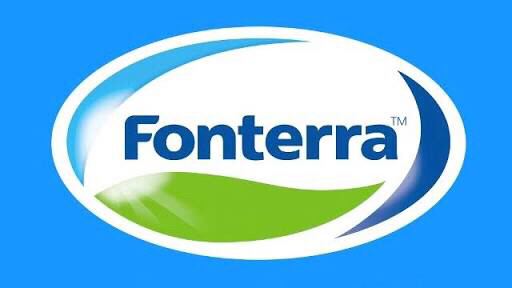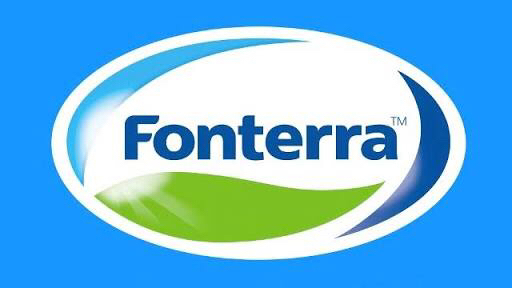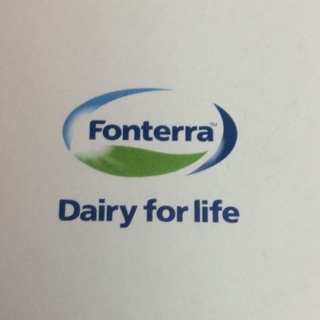Information
-
Conducted on
-
Area being Audited:
-
Prepared by
-
Location
-
Personnel
About
Introduction: WHAT IS THE PCPS? One of Fonterra Australia’s objectives is to achieve “World Best Practice” performance in manufacturing. An integral component of this objective is the implementation of comprehensive “Food Safety and Quality Expectations” which defines the minimum requirements for plants to comply with “World Best Practice” food safety management practices together with routine auditing to monitor compliance. The PCPS has been developed as part of our plan to work towards achieving this objective and describes all the process steps which can have an impact on quality and the potential hazards which must be controlled to minimise the risk of producing product which is unsafe for human consumption. WHO USES THE PCPS? While a useful reference tool for all production staff, the PCPS has been developed primarily to provide plant operators with all the information they need to understand which product specifications apply, and how they monitor and control the process to achieve the required product quality. WHAT INFORMATION DOES THIS PCPS CONTAIN? The PCPS provides the following information for all production processes: - Pictorial flow chart of the manufacturing process with control points highlighted, - One page reference summaries for each control point, (CCP, RCP, QCP) - Operating Parameters There are three types of control points: · Critical Control Points, · Regulatory Control Points · Quality Control Points The PCPS audit has been designed to ensure production records are being completed in such a way as to comply with the relevant Control Points checks and align with our area PCPS Please use the area PCPS as a resource when completing this compliance audit
-
Please use the area PCPS document as a resource when completing this compliance audit.
Open the PCPS to the relevant page for each check (CCP, RCP, QCP) and ensure the control point checks on the product logsheet are compliant with the below.
For any issues identified please highlight the nonconformance and use the camera to capture an image of the nonconformance.
1. Production Folder
-
Please enter the details of the production folder being audited for PCPS compliance:
-
CCP - Verify critical limits: <br><br>Please confirm that the critical limits listed in the PCPS match those on the production logsheet for each CCP (eg both the PCPS and the log sheet state the requirement for CCP1 is that the temp remains at <72'c for 15 sec)
-
CCP Checks:<br><br>Looking at the Production log sheets have all CCP checks been completed as required and are recorded as within the specified limits?
-
RCP limits: <br><br>Please confirm that the critical limits listed in the PCPS match those on the production logsheet for each RCP (eg both the PCPS and the log sheet state the requirement for the RCP is that the date code is correct and legible)
-
RCP Checks:<br><br>Looking at the Production log sheets have all RCP checks been completed as required and are recorded as within the specified limits?
-
QCP limits: <br><br>Please confirm that the critical limits listed in the PCPS match those on the production logsheet for the two QCP's selected (eg both the PCPS and the log sheet state the requirement for the QCP is that the CIP titration result is to be between 0.8% & 1.6%)
-
QCP Checks:<br><br>Looking at the Production log sheets have all checks for the two QCP's selected been completed as required and are recorded as within the specified limits?
Please list the numbers of the two QCP's checked during this audit
Please enter any additional Infomation and recommendations
Sign off
-
Add signature








